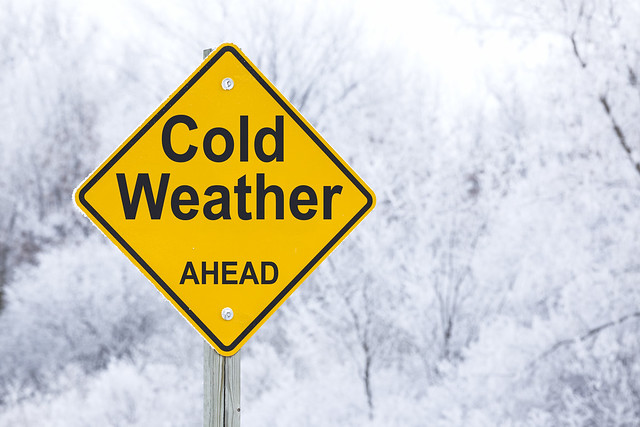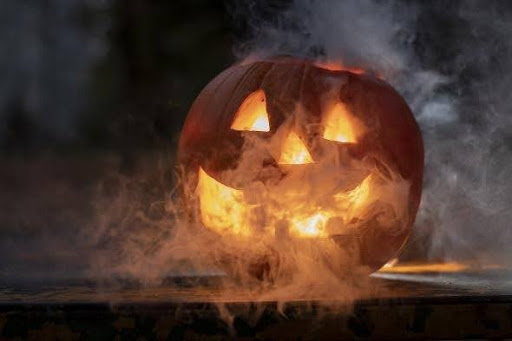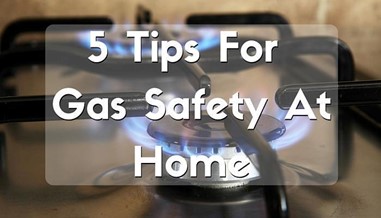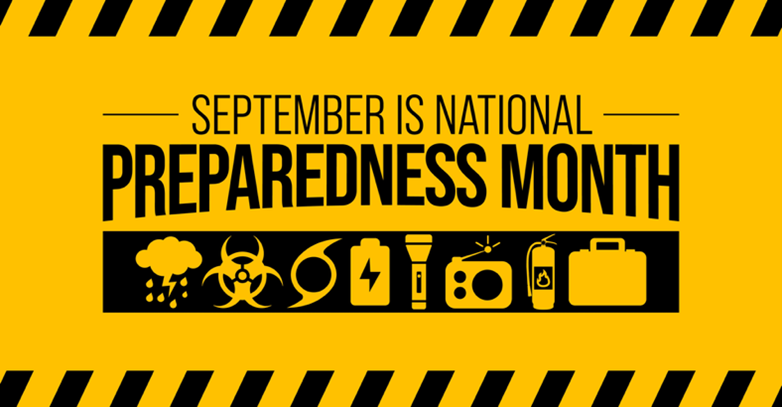As the weather cools, keep in mind these gas safety tips.

Here are some natural gas safety considerations when the weather begins to cool
For the fall and winter, keep in mind:
- Understand the signs of a gas leak and what steps to take if you suspect a gas leak.
- Learn to recognize the signs of carbon monoxide leaks.
- Keep ice and snow away from gas vents.
- Dig safely.
Uncertain about the signs of a gas leak? Here are a few indicators:
- The odor of spoiled eggs.
- Pipes, meters, or gas appliances roaring, whistling, or hissing.
- Blowing dirt, dead vegetation near a pipeline or continuously bubbling water may also indicate a gas leak.
The safest and most dependable method of detecting leaks in your house is to install carbon monoxide and natural gas detectors.
Headaches, vertigo, confusion, nausea, shortness of breath, and fainting are some of the signs of a carbon monoxide leak.
If you intend to dig, make sure you know what’s beneath by calling 811 at least three days in advance.







